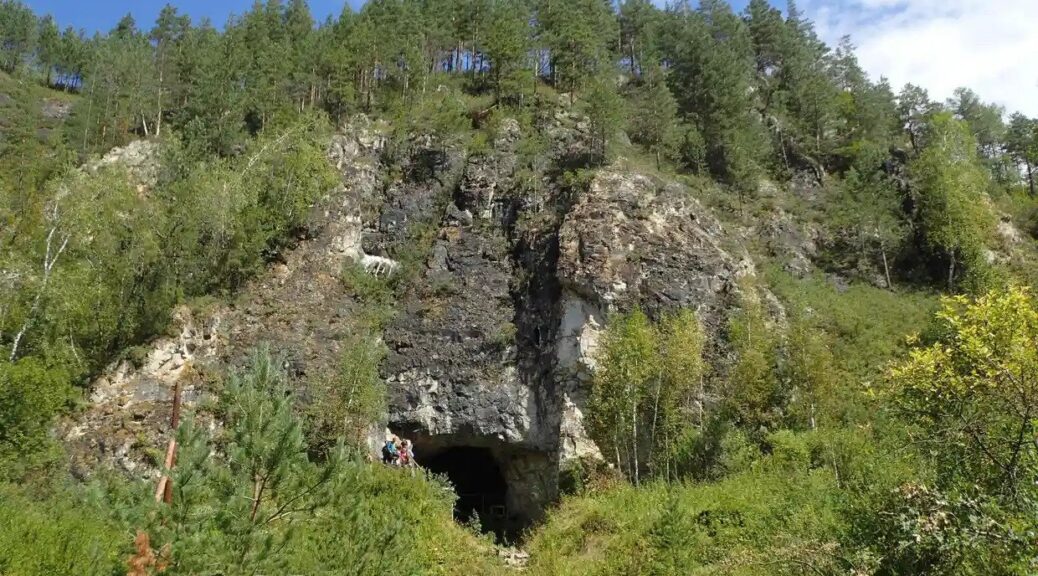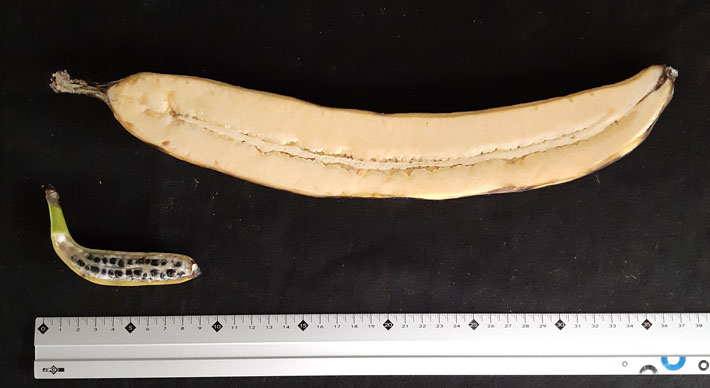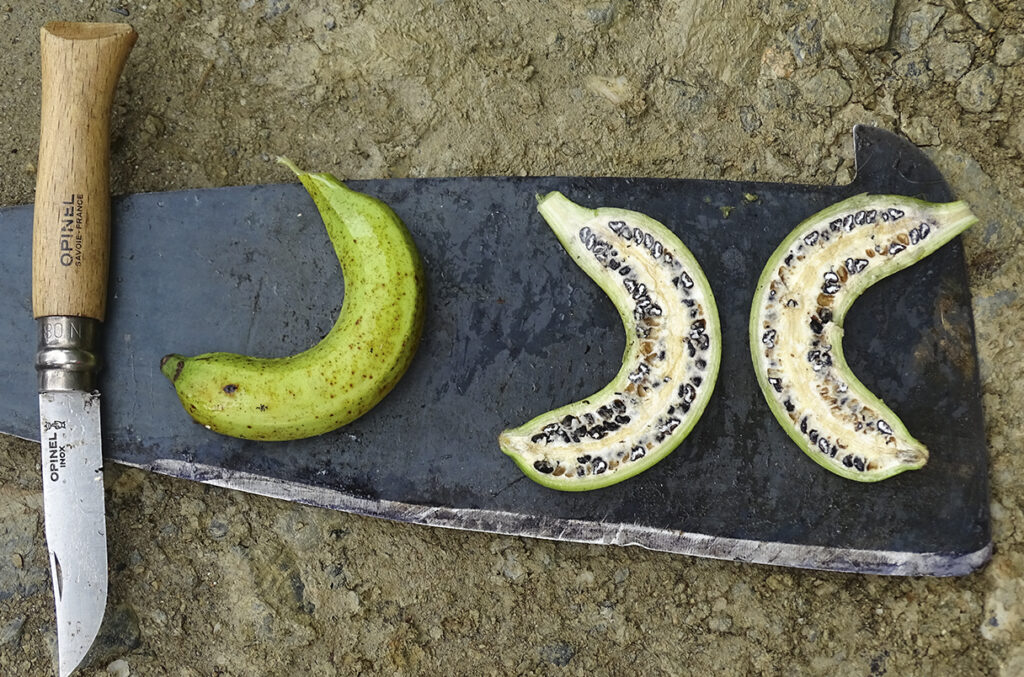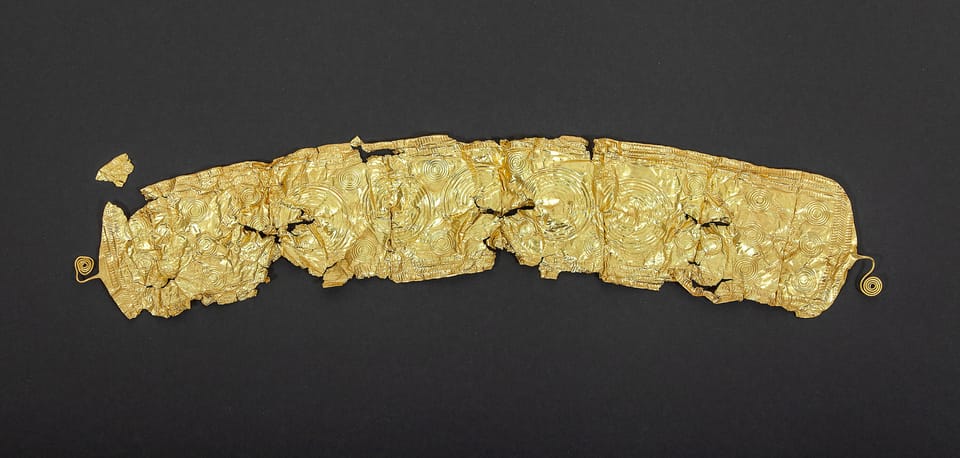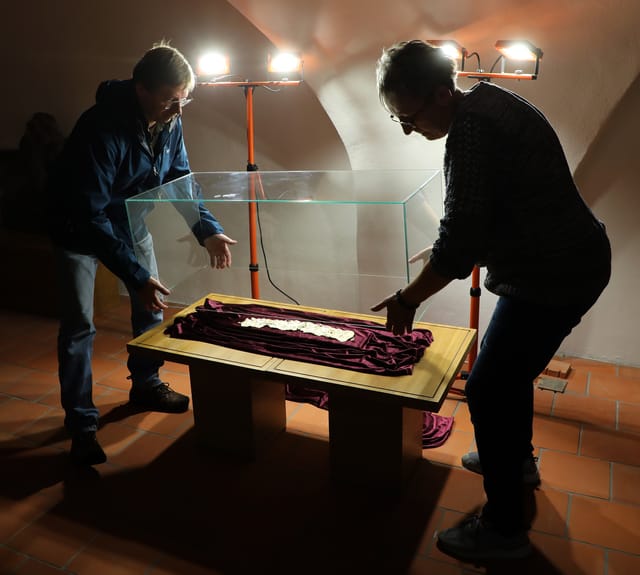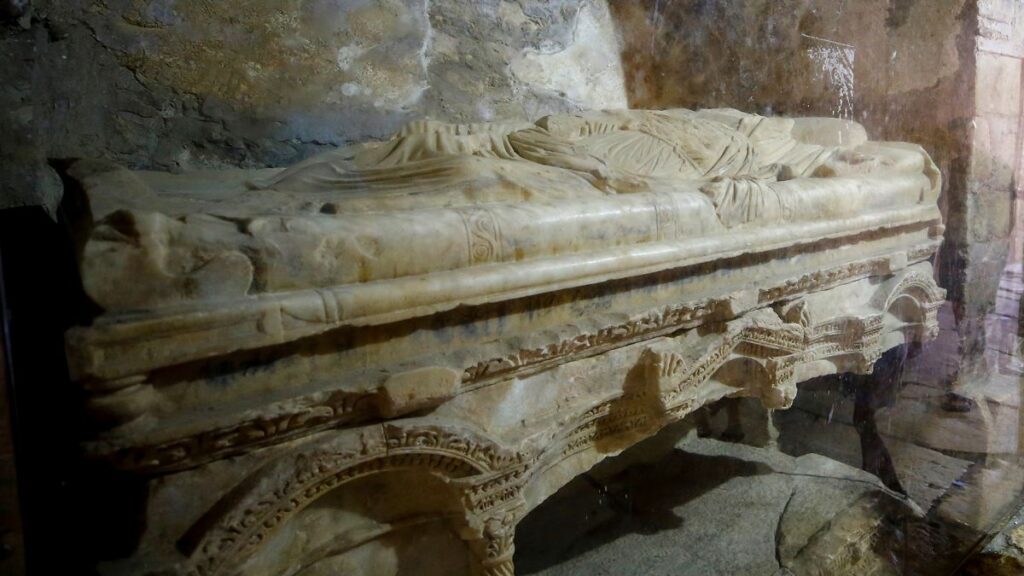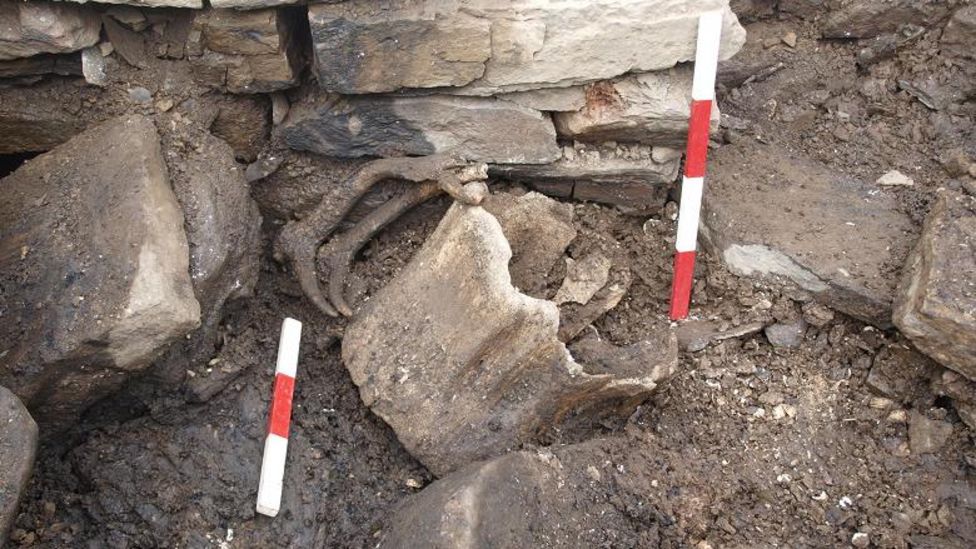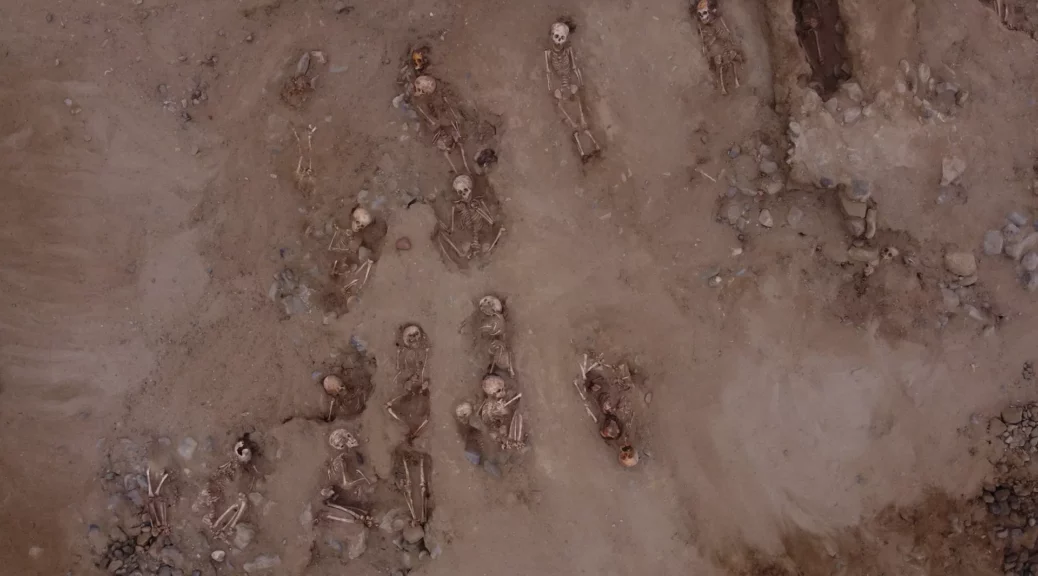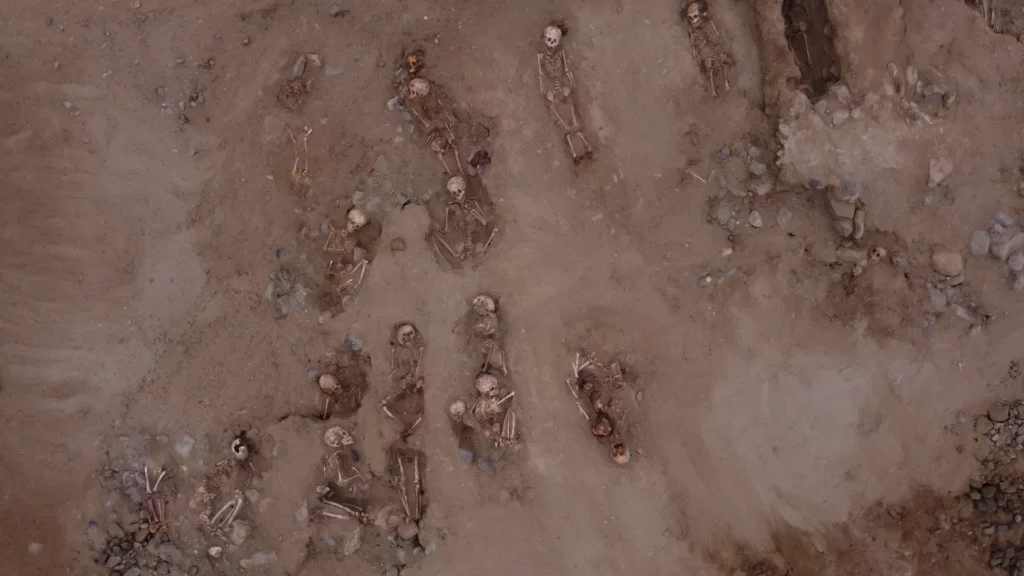DNA Analysis Identifies Neanderthal Family Members
The first snapshot of a Neanderthal community has been pieced together by scientists who examined ancient DNA from fragments of bone and teeth unearthed in caves in southern Siberia.

Researchers analysed DNA from 13 Neanderthal men, women and children and found an interconnecting web of relationships, including a father and his teenage daughter, another man related to the father, and two second-degree relatives, possibly an aunt and her nephew.
All of the Neanderthals were heavily inbred, a consequence, the researchers believe, of the Neanderthals’ small population size, with communities scattered over vast distances and numbering only about 10 to 30 individuals.
Laurits Skov, the first author on the study at the Max Planck Institute for Evolutionary Anthropology in Leipzig, said the fact that the Neanderthals were alive at the same time was “very exciting” and implied that they belonged to a single social community.
Neanderthal remains have been recovered from numerous caves across western Eurasia – territory the heavy-browed humans occupied from about 430,000 years ago until they became extinct 40,000 years ago. It has previously been impossible to tell whether Neanderthals found at particular sites belonged to communities or not.
“Neanderthal remains in general, and remains with preserved DNA in particular, are extremely rare,” said Benjamin Peter, a senior author on the study in Leipzig. “We tend to get single individuals from sites often thousands of kilometres, and tens of thousands of years apart.”
In the latest work, researchers including Svante Pääbo, who won this year’s Nobel prize in medicine for breakthrough studies on ancient genomes, examined DNA from the remains of Neanderthals found in the Chagyrskaya cave and nearby Okladnikov cave in the Altai Mountains of southern Siberia.
Neanderthals sheltered in the caves about 54,000 years ago, seeking cover to feast on the ibex, horse and bison they hunted as the animals migrated along the river valleys the caves overlook. Beyond Neanderthal and animal bones, tens of thousands of stone tools were also found.
Writing in the journal Nature, the scientists describe how the ancient DNA points to the Neanderthals living at the same time, with some being members of the same family.
Further analysis revealed more genetic diversity in Neanderthal mitochondria – the tiny battery-like structures found inside cells which are only passed down the maternal line – than in their Y chromosomes, which are passed down from father to son.
The most likely explanation, the researchers say, is that female Neanderthals travelled from their home communities to live with male partners. Whether force was involved is not a question DNA can answer, however.
“Personally, I don’t think there is particularly good evidence that Neanderthals were much different from early modern humans that lived at the same time,” said Peter.
“We find that the community we study was likely very small, perhaps 10 to 20 individuals and that the wider Neanderthal populations in the Altai mountains were quite sparse,” Peter said. “Nevertheless, they managed to persevere in a rough environment for hundreds of thousands of years, which I think deserves great respect.”
Dr Lara Cassidy, an assistant professor in genetics at Trinity College Dublin, called the study a “milestone” as “the first genomic snapshot of a Neanderthal community”.
“Understanding how their societies were organised is important for so many reasons,” Cassidy said. “It humanises these people and gives rich context to their lives. But also, down the line if we have more studies like this, it may also reveal unique aspects of the social organisation of our own Homo sapiens ancestors. This is crucial to understanding why we are here today and Neanderthals are not.”
